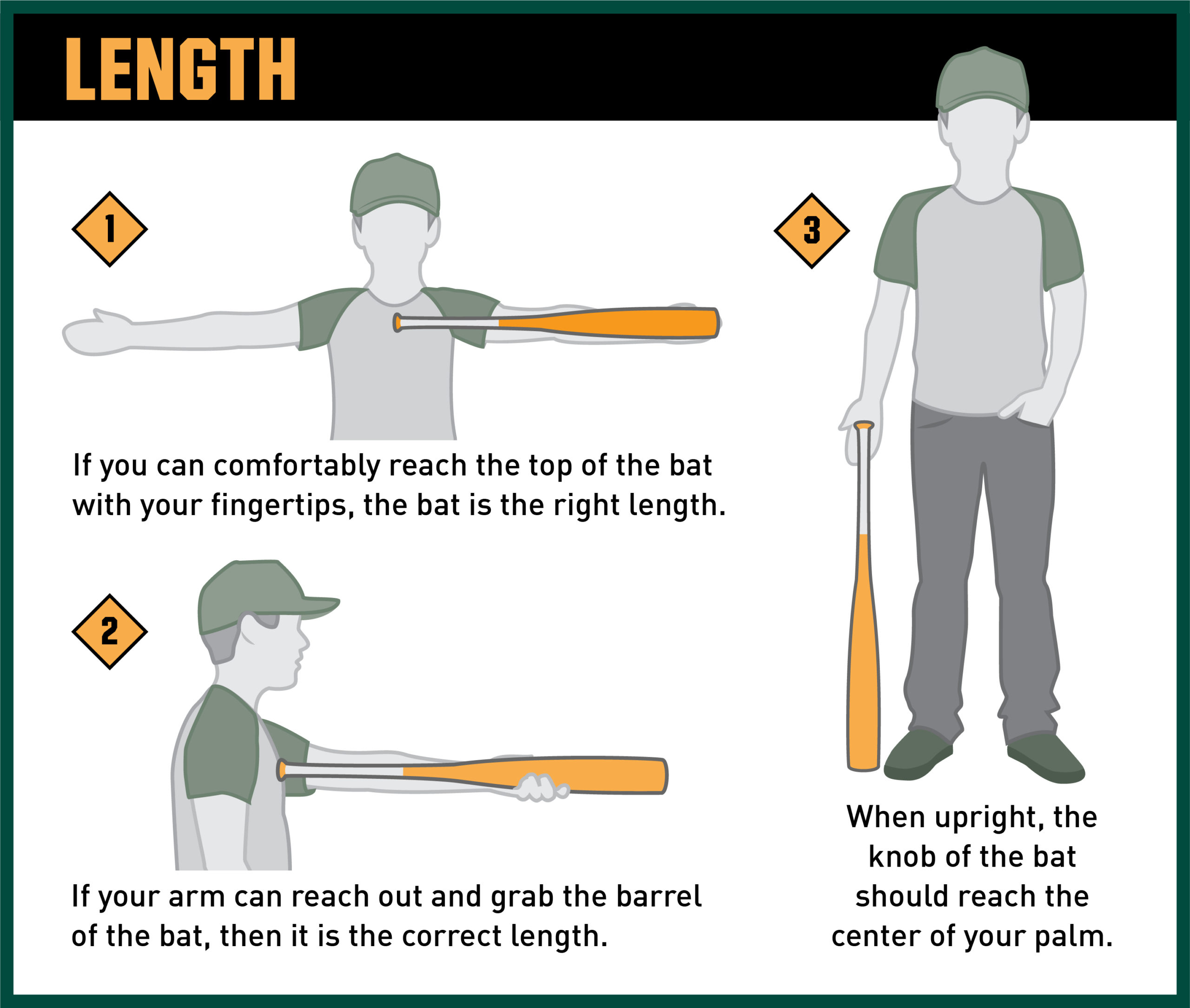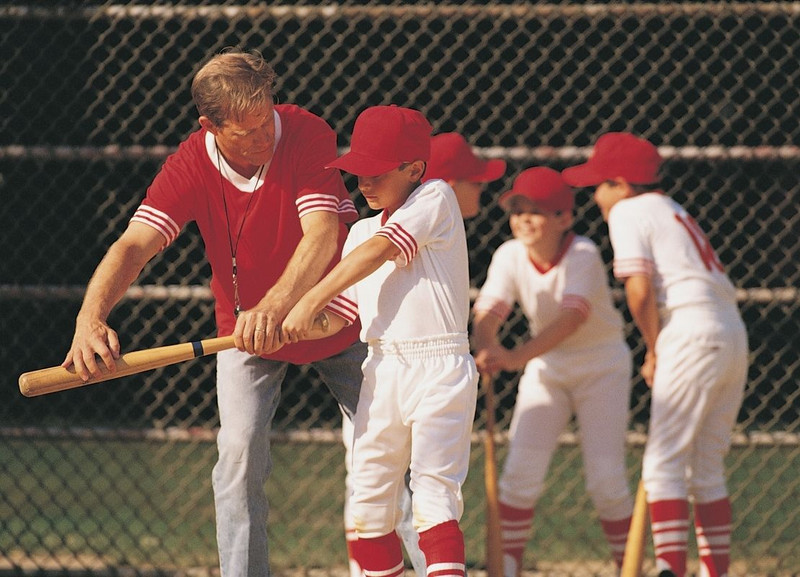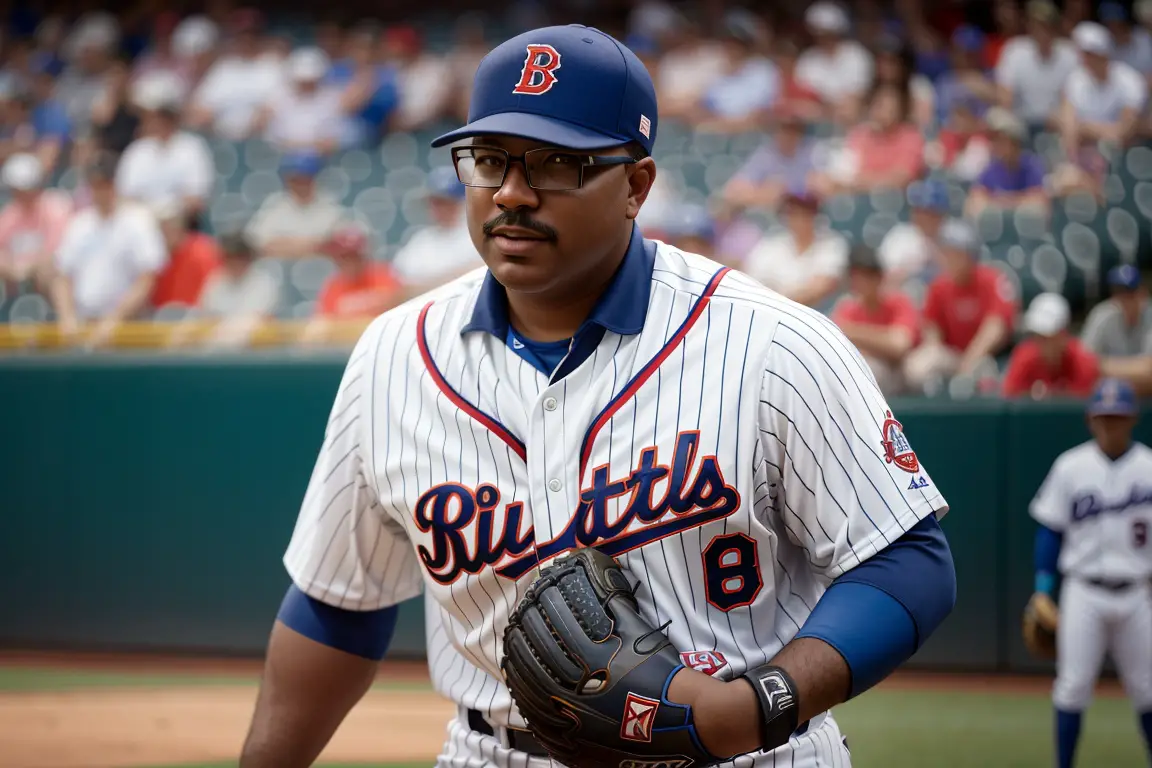Choosing the right baseball bat for Little League is crucial. It affects your child’s performance and safety on the field.
Picking the perfect bat involves more than just grabbing the coolest one off the shelf. The right bat can make a significant difference in how your child plays and enjoys the game. Factors like size, weight, material, and league regulations all play a role in finding the best fit.
With so many options available, it’s easy to feel overwhelmed. But don’t worry, this guide will walk you through the essentials. By the end, you’ll know exactly what to look for. Ready to find the perfect bat for your Little Leaguer? Let’s get started!
Types Of Baseball Bats
Choosing the right baseball bat is essential for a young player. The right bat can improve their swing, confidence, and overall performance. There are several types of baseball bats available, each with distinct features. Understanding these types can help you make an informed decision.
Material Options
Baseball bats come in different materials. The main options are wood, aluminum, and composite.
- Wood: Traditional choice. Offers a classic feel. Common types are ash, maple, and birch.
- Aluminum: Lightweight and durable. Popular in youth leagues. Provides better control and speed.
- Composite: Made from layered materials. Offers a larger sweet spot. Reduces vibrations and stings.
Length And Weight
Length and weight are crucial factors in selecting a bat. They affect a player’s swing and comfort.
| Age | Bat Length (inches) | Weight (ounces) |
|---|---|---|
| 5-7 | 24-26 | 14-16 |
| 8-9 | 26-28 | 16-18 |
| 10-11 | 28-30 | 18-20 |
| 12-13 | 30-32 | 20-22 |
To choose the right bat length, consider the player’s height and weight. A longer bat gives more reach but can be harder to control. A lighter bat is easier to swing, helping with speed and accuracy.
Little League Bat Regulations
Choosing the right baseball bat for Little League can be challenging. Little League Baseball has strict bat regulations to ensure fair play and safety. Understanding these rules is crucial for parents and coaches.
Bat Size Limits
Little League sets specific bat size limits. The bat must be no longer than 33 inches. The barrel diameter cannot exceed 2 5/8 inches. These rules keep the game balanced and safe for young players.
Certification Marks
Look for bats with certification marks. Little League requires a USA Baseball logo on all approved bats. This mark ensures the bat meets safety and performance standards. Avoid using bats without this certification. They can lead to disqualification during games.
Importance Of Bat Weight
Choosing the right bat weight can make a big difference. It affects swing speed and player comfort. Both are crucial for a young player’s success and enjoyment.
Swing Speed
A bat that’s too heavy slows down the swing. This can lead to missed balls and frustration. A lighter bat helps young players swing faster. Faster swings improve the chances of hitting the ball. It helps build confidence, too.
Player Comfort
Comfort is key for young players. An uncomfortable bat can ruin their experience. They may struggle to control a heavy bat. This can lead to poor form and even injuries. A bat that feels good in their hands boosts their confidence. It also makes practice and games more enjoyable.

Credit: www.slugger.com
Choosing The Right Length
Choosing the right length for a Little League baseball bat is crucial. It impacts a child’s swing, comfort, and performance. The right bat length can help your child hit the ball better and enjoy the game more. Let’s explore some key factors to consider.
Height And Weight Considerations
A child’s height and weight matter when selecting a bat. Taller children may need a longer bat. Heavier kids might prefer a heavier bat for more power. Use a bat sizing chart for guidance. Measure your child’s height and weight first. Compare these measurements to the chart to find the right bat length.
Age-based Recommendations
A child’s age can also help determine the right bat length. Younger players often need shorter, lighter bats. This helps them control their swing. Older children may handle longer, heavier bats. They can generate more power with these bats. Coaches and experts often recommend specific lengths based on age.
For example, children aged 5-7 might use bats 24-26 inches long. Kids aged 8-10 might need bats 26-29 inches long. Always check the league’s rules on bat lengths. Some leagues have specific regulations. This ensures your child uses an approved bat.
Grip And Handle Features
Choosing the right baseball bat for Little League involves many factors. Among these, grip and handle features play a crucial role. A good grip ensures the bat does not slip during a swing. The handle design can impact control and comfort. Understanding these features helps you make an informed decision.
Grip Material
The material of the grip affects the comfort and performance. Rubber grips are common and provide a good feel. They absorb shock and reduce vibrations. Synthetic leather grips offer a smooth texture and durability. These are often preferred for their long-lasting quality. Some bats have cushioned grips for extra comfort. This can be beneficial for young players.
Handle Design
The handle design influences how the bat feels in the player’s hands. Thicker handles provide more stability. They are easier for small hands to hold. Thinner handles offer more control and flexibility. They allow for quicker swings. Tapered handles are another option. They widen towards the end, offering a balance between control and comfort.
Testing The Bat
Choosing the right baseball bat for Little League involves more than just size and weight. Testing the bat is a crucial step in ensuring your child has the best tool for their game. This process helps determine if the bat feels right and performs well during swings. Let’s explore how to test a baseball bat effectively.
Swing Tests
First, conduct swing tests to evaluate the bat’s performance. Have your child take a few practice swings. Observe their comfort and ease during the swing. The bat should feel balanced and not too heavy. Ensure they can swing it smoothly without strain. This helps identify if the bat’s weight and length suit them.
Feel And Control
Next, assess the feel and control of the bat. Ask your child how the bat feels in their hands. They should have a firm yet comfortable grip. The bat should not slip or feel awkward. Good control is vital for precision and power in hitting. Ensure they can handle the bat with confidence and ease.
By focusing on swing tests and feel and control, you can make an informed decision. A well-chosen bat enhances your child’s performance and enjoyment of the game.
Budget Considerations
Choosing the right baseball bat for Little League can be tricky. Budget considerations are important. You want a bat that fits your child’s needs without breaking the bank. This section will help you understand how to balance cost and quality, and whether buying used bats is a good option.
Cost Vs Quality
Quality baseball bats tend to cost more. High-end bats often use better materials. They also tend to last longer. However, you do not always need the most expensive bat. Many mid-range bats offer good quality at a lower price. When buying, think about how often your child plays. If they play often, a better bat might be worth the extra cost. But for beginners, a lower-cost option might be just fine.
Buying Used Bats
Used bats can save you money. Many used bats are still in good shape. Check local sports stores or online marketplaces. Look for signs of wear and tear. Make sure the bat is not damaged. Buying used can be a great way to get a high-quality bat at a lower price. Just be careful and inspect the bat well before buying.

Credit: www.sllnh.com
Top Bat Brands
Choosing the right baseball bat for Little League can make a big difference in your child’s performance. One key factor is selecting a bat from a reputable brand. This section covers top bat brands to help you make an informed choice.
Popular Choices
Several brands stand out for their quality and performance. Easton is a favorite among many Little League players. Their bats are durable and well-balanced. Louisville Slugger is another top choice. Known for their reliable construction, these bats offer good control and power.
Rawlings also ranks high among popular choices. Their bats are known for their lightweight design, making them easy to swing. Marucci is a newer brand, but it has gained popularity quickly. Players like their bats for their advanced technology and comfortable grip.
Brand Comparison
Each brand has its own strengths. Easton bats are durable and long-lasting. They are ideal for players who hit frequently. Louisville Slugger bats offer a good mix of power and control. They are suitable for balanced hitters.
Rawlings bats are lightweight, which helps in improving swing speed. They are great for younger players. Marucci bats feature advanced technology. They provide a comfortable grip and better handling.
Consider your child’s playing style and preferences. This will help you choose the right brand and bat. Remember to check the bat’s weight, length, and material. These factors will impact your child’s performance on the field.

Credit: phoenixbats.com
Frequently Asked Questions
What Size Bat Is Best For Little League?
The best size bat for Little League varies by age and height. Generally, a bat between 26-32 inches is suitable. Always consider your child’s comfort and control when choosing a bat size.
How Do I Measure My Child For A Bat?
To measure your child for a bat, have them stand with their arms extended. Measure from the center of their chest to the tips of their fingers. This measurement gives a good indication of the correct bat length.
What Materials Are Little League Bats Made Of?
Little League bats are typically made of aluminum, composite, or wood. Aluminum and composite bats are lighter and more durable. Wood bats are traditional but heavier.
Are There Specific Bat Regulations For Little League?
Yes, Little League has specific bat regulations. Bats must meet USA Baseball standards. They should have the USA Baseball logo and comply with length and weight requirements.
Conclusion
Choosing the right baseball bat for Little League is essential. Prioritize your child’s comfort and skill level. Consider weight, length, and material. Visit a store to try different bats. Seek advice from coaches or experienced players. A good bat improves performance and confidence.
Keep safety in mind. Regularly check bat condition. Happy batting! Your child will enjoy the game more with the perfect bat.

I’m Darrell Boyd, and I live and breathe baseball. As an ardent aficionado of the game, I have established myself as a respected figure in the baseball community through my dedicated blog and insightful contributions to the sport.
Through my blog, I strive to offer comprehensive baseball guides, tips, and tricks that cater to players of all skill levels. Additionally, I provide detailed reviews of crucial baseball products and elements, giving my readers an expert’s perspective on what truly matters in the world of baseball.
With a deep understanding of the sport’s technical intricacies and strategic nuances, I go beyond surface-level analysis, delving into the finer points that define successful gameplay. My meticulous attention to detail and unwavering commitment to excellence have made me a trusted resource for players, coaches, and fans looking to deepen their knowledge and appreciation of the game.
I am dedicated to fostering a thriving baseball culture and am passionate about sharing my wealth of insights with a growing community of fellow enthusiasts. My mission is to continue inspiring and educating others, leaving a lasting impact on the sport that resonates with millions across the globe.
